Walnut Cant Lumber
- September 22, 2023
- 0 comment
Walnut Cant Lumber is prized not only for its visual appeal but also for its outstanding woodworking characteristics. The walnut tree species, particularly the American black walnut (Juglans nigra), is highly regarded for its dense, fine-grained heartwood, which ranges from deep chocolate brown to purplish-black. This heartwood is where the true beauty of walnut shines, as it exhibits a stunning, often wavy or curly grain pattern, making each piece of lumber unique.
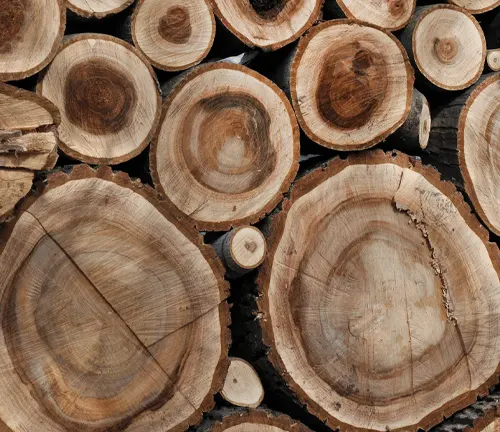
Craftsmen value Walnut Cant Lumber not only for its aesthetic qualities but also for its workability. It machines beautifully, allowing for intricate designs, carvings, and joinery work. Its natural oils provide a smooth finish, making it a favorite for fine furniture makers. Moreover, walnut’s stability and resistance to warping or shrinking make it a reliable choice for projects that require precision.
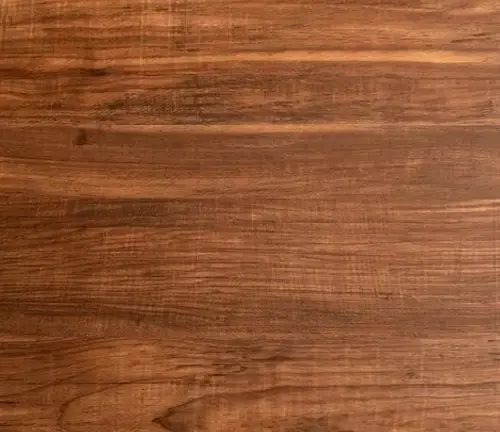
Beyond its use in furniture and cabinetry, Walnut Cant Lumber is also a preferred material for creating exquisite flooring. Its durability withstands daily wear and tear, and its dark color matures gracefully over time, developing a rich patina. As a result, homes and spaces adorned with walnut floors exude an air of timeless elegance.
| Specifications | Description |
| Wood Species | Walnut (Juglans nigra) |
| Heartwood Color | Dark brown to purplish-black |
| Sapwood Color | Lighter cream to pale yellow |
| Grain Pattern | Straight, wavy, or curly |
| Durability | Resistant to decay and insect damage |
| Density | 40-43 lbs/ft³ (640-690 kg/m³) |
| Texture | Fine and even |
| Moisture Content | Typically kiln-dried to 6-8% |
| Lumber Grade | Common grades include FAS (First and Seconds), Select, and No. 1 Common |
| Availability | Generally available from lumberyards and suppliers specializing in hardwoods |
A Prime Source for Cant Lumber and Why It Excels
The walnut tree, with its timeless grace and exceptional qualities, holds a special place in the world of woodworking. Among the various species of trees used for lumber, the walnut tree, particularly the American black walnut (Juglans nigra), stands out as a prime source for creating high-quality cant lumber. In this article, we delve into why the walnut tree is so well-regarded for cant lumber production and what makes it an exceptional choice for woodworkers and artisans alike.
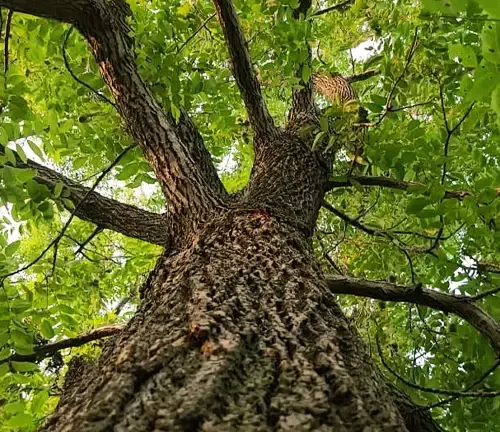
Cant Lumber Production from Walnut
Cant lumber, characterized by its thick, rectangular shape, serves as a foundational material for a wide range of woodworking applications. Walnut Cant Lumber, in particular, is highly valued for its ability to meet the demands of both aesthetics and function. Craftsmen and artisans utilize this wood to create exquisite furniture, cabinetry, flooring, and architectural elements.
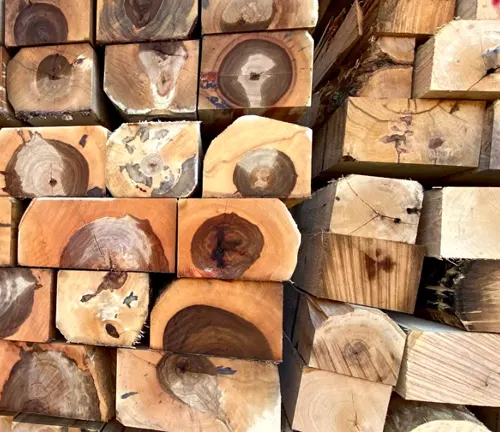
The Beauty and Versatility of Walnut Cant Lumber
Walnut wood, known for its rich, dark hues and exquisite grain patterns, has long been a favorite among woodworkers and interior designers alike. One particular form of walnut lumber that deserves special attention is walnut cant lumber. In this article, we’ll explore the unique qualities and applications of walnut cant lumber, highlighting its versatility and aesthetic appeal.
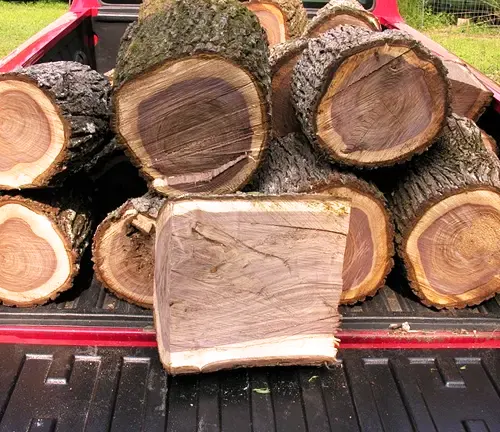
Time-Tested Durability
Durability is a hallmark of Walnut Cant Lumber. Its natural resistance to decay and insect damage ensures that pieces made from this wood stand the test of time. As a result, walnut furniture and woodworking projects often become cherished heirlooms, passed down through generations. With proper care, Walnut Cant Lumber maintains its integrity and beauty for decades, if not centuries.
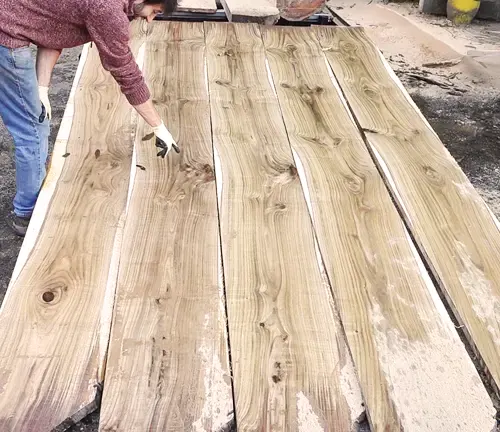
Sustainable Sourcing
Walnut Cant Lumber is typically sourced from managed forests, ensuring a sustainable supply of this prized wood. Managed forestry practices involve careful planning, harvesting, and replanting to maintain the health and vitality of the walnut tree population. This approach guarantees a steady supply of Walnut Cant Lumber without depleting the natural environment.
The Art of Maintaining Walnut Cant Lumber
While Walnut Cant Lumber is celebrated for its durability, proper maintenance is essential to ensure its longevity and continued beauty. In this article, we provide valuable insights into the care and maintenance of Walnut Cant Lumber. We discuss cleaning methods, protective finishes, and tips for preventing common issues such as scratches or fading due to sunlight exposure. Whether you have walnut furniture, flooring, or cabinetry, understanding how to care for and preserve this exquisite wood can help you enjoy its timeless elegance for generations to come.
Common Uses
Walnut Cant Lumber is commonly used in various woodworking applications due to its exceptional qualities. It is widely employed in crafting elegant furniture, including dining tables, chairs, cabinets, and dressers, thanks to its fine grain and rich, dark color. Additionally, it finds its place in cabinetry, where its durability and resistance to decay make it ideal for kitchen and bathroom cabinets with intricate detailing. Walnut Cant Lumber is also a top choice for high-end flooring, as it can endure daily wear and develops a beautiful patina over time. Finally, it enhances interior spaces through paneling and architectural accents, adding warmth, character, and luxury to homes and commercial settings.

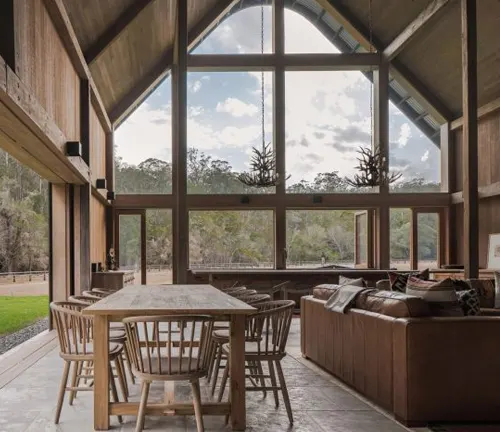
Frequently Asked Questions (FAQs)
1. Can Walnut Cant Lumber be used for outdoor projects?
While Walnut Cant Lumber is primarily associated with indoor applications, it can indeed be used for outdoor projects when appropriately treated and finished. Proper sealing and maintenance are essential to protect the wood from exposure to the elements. Its natural resistance to decay and insects makes it a viable option for outdoor furniture and architectural details.
2. Is it possible to find Walnut Cant Lumber with unique grain patterns?
Yes, Walnut Cant Lumber often exhibits distinctive grain patterns, including straight, wavy, and curly lines. Each piece of walnut wood is unique, and you can sometimes find boards with exceptionally rare and striking grain patterns, adding an extra layer of character and beauty to your woodworking projects.
3. Does the color of Walnut Cant Lumber change over time?
Yes, the color of Walnut Cant Lumber can undergo a gradual transformation over the years. When freshly cut, it may have a lighter hue, but as it is exposed to light and air, it darkens and deepens in color. Many wood enthusiasts appreciate this aging process, as it enhances the wood’s overall aesthetics and character.
4. Can Walnut Cant Lumber be used for modern or contemporary design styles?
Absolutely! While walnut wood is often associated with traditional and classic design aesthetics, it is incredibly versatile and can seamlessly blend into modern and contemporary design styles. Its deep, rich color and fine grain provide a striking contrast and warmth, making it a favored choice for adding a touch of sophistication to modern interiors.
5. How does the sustainability of Walnut Cant Lumber compare to other hardwoods?
Walnut Cant Lumber is known for its sustainability, particularly when sourced from managed forests. Compared to some other hardwoods, it tends to have a relatively shorter growth cycle, making it a more eco-friendly choice. Responsible harvesting practices ensure that walnut trees continue to thrive, contributing to the preservation of this valuable resource for future generations. Additionally, certifications like FSC (Forest Stewardship Council) can verify the wood’s sustainable origin, providing peace of mind for environmentally conscious consumers.











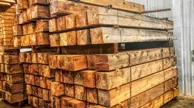


Leave your comment